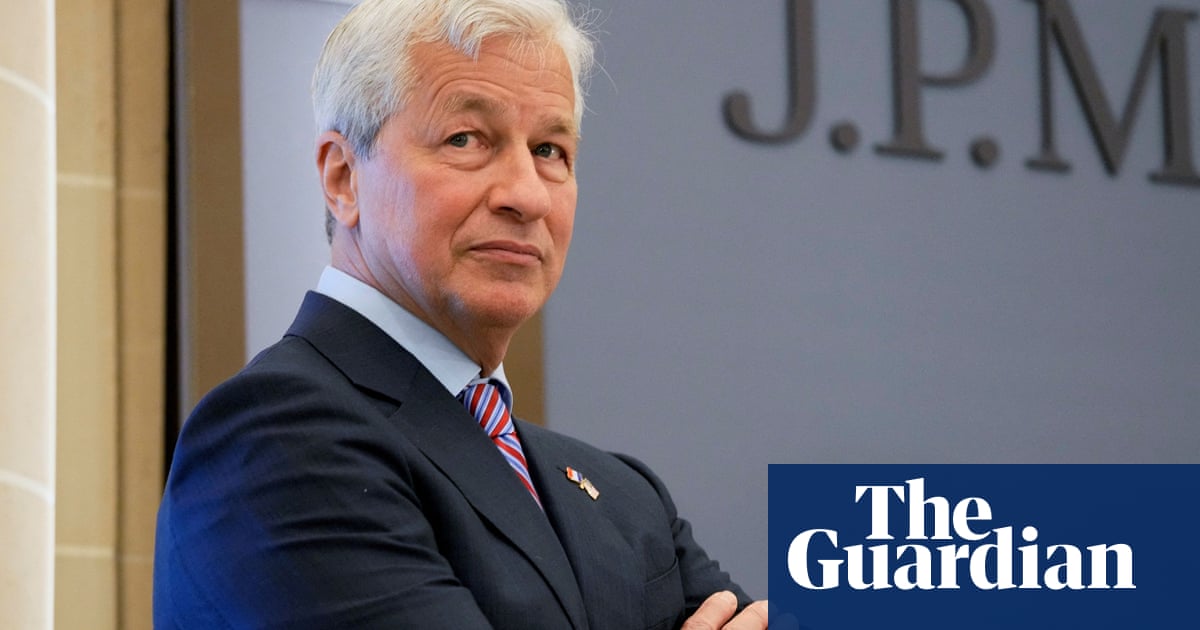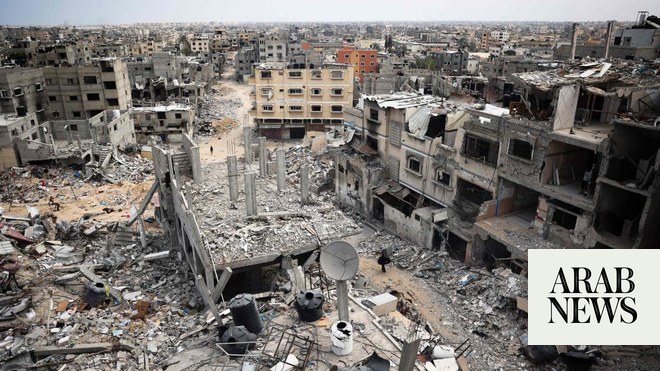
WASHINGTON: The global death toll from the coronavirus pandemic continued to worsen Wednesday despite unprecedented lockdowns, as the head of the United Nations sounded the alarm on what he said was humanity’s worst crisis since World War II.
The warning came as Donald Trump told Americans to brace for a “very painful” few weeks after the United States registered its deadliest 24 hours of the crisis.
Around half of the planet’s population is under some form of lockdown as governments struggle to halt the spread of a disease that has now infected more than 850,000 people.
Well over 40,000 are known to have died, half of them in Italy and Spain, but the death toll continues to rise with new records being logged daily in the US.
“This is going to be a very painful — a very, very painful — two weeks,” Trump said, describing the pandemic as “a plague.”
“I want every American to be prepared for the hard days that lie ahead.”
America’s outbreak has mushroomed rapidly. There are now around 190,000 known cases — a figure that has doubled in just five days.
On Tuesday, a record 865 people died, according to a tally kept by Johns Hopkins University, taking the national toll so far to more than 4,000.
Members of Trump’s coronavirus task force said the country should be ready for between 100,000 and 240,000 deaths in the coming months.
“As sobering a number as that is, we should be prepared for it,” Anthony Fauci, the nation’s top infectious disease expert.
America’s under-pressure health system is being supplemented by field hospitals sprouting up all over New York, including a tented camp in Central Park, a hospital ship and converted convention centers.
But even with the extended capacity, doctors say they are still having to make painful choices.
“If you get a surge of patients coming in, and you only have a limited number of ventilators, you can’t necessarily ventilate patients,” Shamit Patel of the Beth Israel hospital said. “And then you have to start picking and choosing.”
The extraordinary economic and political upheaval spurred by the virus presents a real danger to the relative peace the world has seen over the last few decades, UN Secretary-General Antonio Guterres said Tuesday.
The “disease ... represents a threat to everybody in the world and... an economic impact that will bring a recession that probably has no parallel in the recent past.”
“The combination of the two facts and the risk that it contributes to enhanced instability, enhanced unrest, and enhanced conflict are things that make us believe that this is the most challenging crisis we have faced since the Second World War,” he said.
In virtual talks Tuesday, finance ministers and central bankers from the world’s 20 major economies pledged to address the debt burden of low-income countries and deliver aid to emerging markets.
Last week G20 leaders said they were injecting $5 trillion into the global economy to head off a feared deep recession.
In the European Union, however, battle lines have been drawn over the terms of a rescue plan.
Worst-hit Italy and Spain are leading a push for a shared debt instrument — dubbed “coronabonds.”
But talk of shared debt is a red line for Germany and other northern countries, threatening to divide the bloc.
Deaths shot up again across Europe. While there are hopeful signs that the spread of infections is slowing in hardest-hit Italy and Spain, which both reported more than 800 new deaths Tuesday.
France recorded a one-day record of 499 dead while Britain reported 381 coronavirus deaths, including that of a previously healthy 13-year-old.
That came after a 12-year-old Belgian girl succumbed to an illness that is serious chiefly for older, frailer people with pre-existing health conditions.
Lockdowns remain at the forefront of official disease-stopping arsenals — a strategy increasingly borne-out by science.
Researchers said China’s decision to shutter Wuhan, ground zero for the global COVID-19 pandemic, may have prevented three-quarters of a million new cases by delaying the spread of the virus.
“Our analysis suggests that without the Wuhan travel ban and the national emergency response there would have been more than 700,000 confirmed COVID-19 cases outside of Wuhan” by mid-February, said Oxford University’s Christopher Dye.












